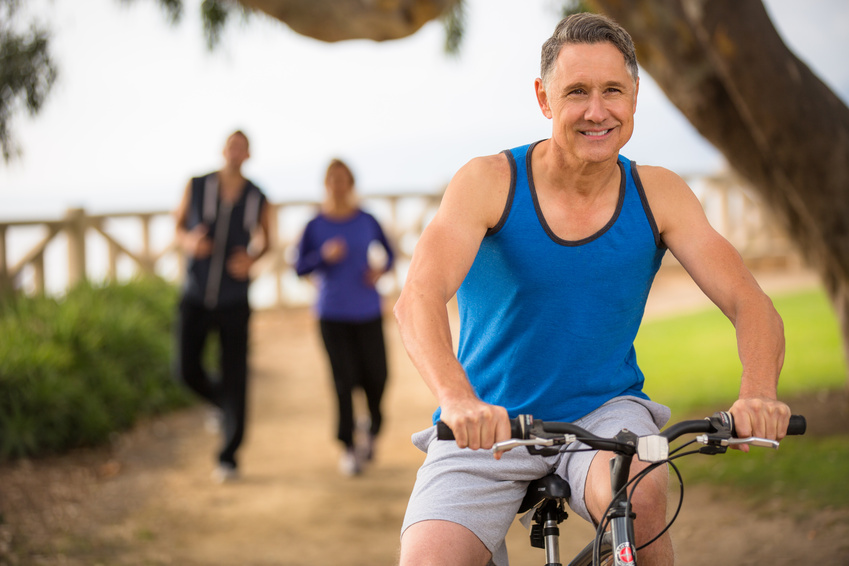“Staying physically active can protect seniors against the effects of brain damage, including movement abilities,” a March 11 Medical Daily article reports about a study recently published in Neurology. Certain types of brain damage and mental deterioration can ultimately prevent or limit mobility. According to new research, even moderate exercise significantly decreases the likelihood of suffering from this type of neurological damage.
The study followed 167 aging Americans 80 and up. Wearable movement monitors tracked the seniors’ physical activity over the course of 11 days. At the end of the 11 day study, researchers compared this data to participants’ MRI scans. “Participants in the top 10 percent in activity level walked at 2.5 mph for an additional 1.5 hours a day compared to those in the 50th percent,” Medical Daily continues. A study from Abertay University, a college in Scotland, produced similar results, showing that short bursts of exercise on stationary bikes lowered seniors’ blood pressure and helped participants get up and bend over more easily.
What do these studies mean for senior living options? Whether Americans are moving into active adult communities (55 and up communities), age-qualified housing, facilities with partial medical and elder care, or assisted living homes, one basic fitness amenity is always important: that amenity can be a fitness center, pool, tennis court, golf court, or any safe and inexpensive space to take part in regular physical activity.
While 70% of Americans 65 and up need some support (and ultimately lasting medical care), recent studies make it clear that regular exercise can postpone limited mobility and dependence on adult care options for as long as possible. The vast majority of Americans in full-service nursing homes are 85 plus, and the number of these nursing homes already decreased by 1.6% from 2001 to 2008. In other words, Americans can and have already — with good habits through middle age, active senior living options, and continued physical activity with age — decreased the need for assistance and full senior care.



